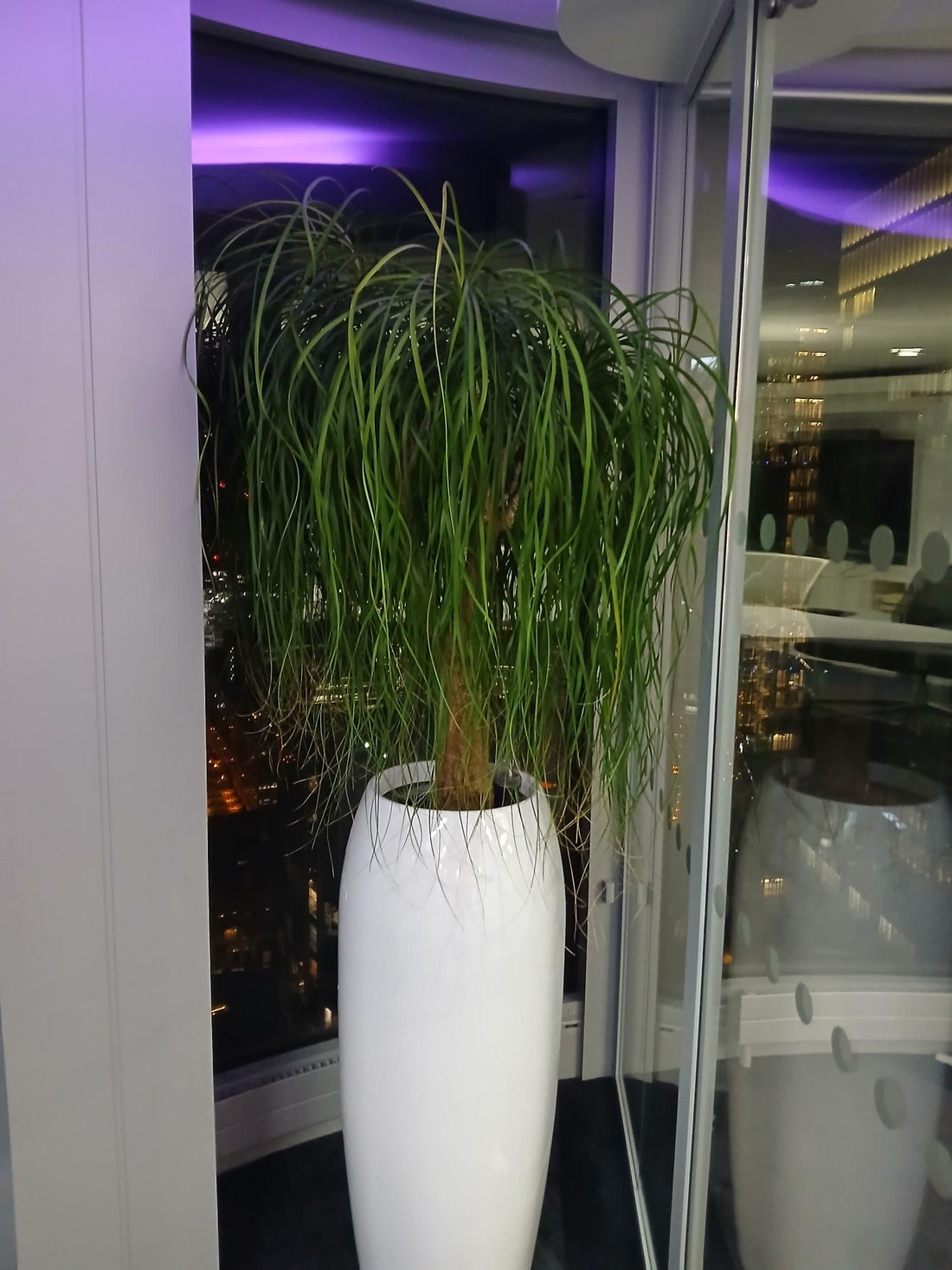
Plant Selection for Indoor Environments: A Guide to Choosing the Best Indoor Plants
Share
Indoor plants not only enhance the aesthetic appeal of a space but also offer numerous health benefits, such as improved air quality, stress reduction, and increased humidity. Choosing the right plants for your indoor environment depends on factors like light availability, humidity levels, and maintenance preferences. Here’s a guide to selecting the best indoor plants for different conditions.
1. Best Low-Light Indoor Plants
If your home or office has limited natural light, consider these hardy plants that thrive in low-light conditions:
- Snake Plant (Sansevieria) – Requires minimal care and helps purify the air.
- ZZ Plant (Zamioculcas zamiifolia) – Extremely resilient and can tolerate neglect.
- Pothos (Epipremnum aureum) – Fast-growing vine that adapts to various conditions.
- Peace Lily (Spathiphyllum) – Adds elegance with white blooms and removes toxins from the air.
2. Best Indoor Plants for Bright, Sunlit Spaces
For rooms with plenty of natural sunlight, these plants will thrive:
- Fiddle Leaf Fig (Ficus lyrata) – A statement plant with broad, attractive leaves.
- Aloe Vera – Provides medicinal benefits and thrives in bright, indirect sunlight.
- Rubber Plant (Ficus elastica) – Has glossy, dark green leaves and is low-maintenance.
- Areca Palm (Dypsis lutescens) – A tropical plant that adds greenery and improves air quality.
3. Best Plants for Humid Environments (Bathrooms/Kitchens)
Humidity-loving plants thrive in moisture-rich environments such as bathrooms and kitchens:
- Boston Fern (Nephrolepis exaltata) – Prefers high humidity and indirect light.
- Orchids (Orchidaceae) – Elegant flowering plants that enjoy steamy conditions.
- Calathea (Calathea spp.) – Features beautiful patterned leaves and thrives in humidity.
- Spider Plant (Chlorophytum comosum) – Adapts well to varying moisture levels and improves air quality.
4. Best Air-Purifying Indoor Plants
NASA’s Clean Air Study identified plants that effectively filter toxins and improve indoor air quality:
- Bamboo Palm (Chamaedorea seifrizii) – Removes airborne toxins and increases humidity.
- English Ivy (Hedera helix) – Reduces mold and airborne particles.
- Gerbera Daisy (Gerbera jamesonii) – Absorbs carbon dioxide and releases oxygen overnight.
- Dracaena (Dracaena spp.) – Removes benzene, formaldehyde, and other pollutants.
5. Best Low-Maintenance Indoor Plants
If you’re new to plant care or prefer low-maintenance greenery, consider these resilient options:
- Cactus (Cactaceae) – Requires minimal watering and thrives in dry conditions.
- Succulents (Various species) – Easy to care for and available in many shapes and colours.
- Cast Iron Plant (Aspidistra elatior) – Nearly indestructible and thrives in low light.
- Philodendron (Philodendron spp.) – Fast-growing and adaptable to different environments.
Tips for Indoor Plant Care
To keep your indoor plants healthy and thriving, follow these essential care tips:
- Know Your Light Conditions – Place plants according to their light needs.
- Water Properly – Overwatering is a common mistake; ensure proper drainage.
- Maintain Humidity – Misting or placing a humidity tray can help moisture-loving plants.
- Dust Leaves – Regularly wipe leaves to keep them free from dust and allow better photosynthesis.
- Rotate Plants – Rotate periodically to promote even growth.
Conclusion
Indoor plants bring life, beauty, and health benefits to any space. By choosing plants that match your environment and lifestyle, you can create a lush, green indoor oasis with minimal effort. Whether you need low-light survivors, air purifiers, or humidity-loving tropicals, there’s an indoor plant perfect for you. Start your indoor gardening journey today and enjoy the refreshing touch of nature inside your home or office!
What’s your favourite indoor plant? Let us know
